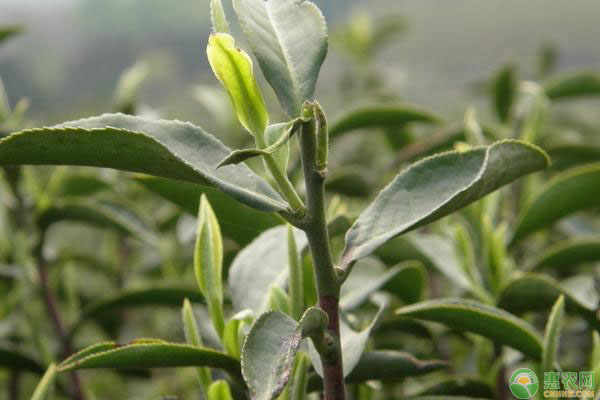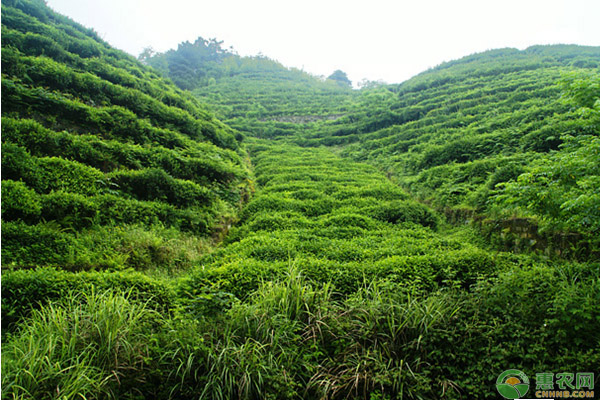Why does the tea tree have a "nap phenomenon"?
We all know that in plants, some plants have some strange functions, such as plants that dance, plants that move. In fact, there are some strange phenomena in crops, such as tea trees. On sunny days with high temperatures, there will be a phenomenon of “sleeping in the afternoonâ€. So what is the reason for this physiological phenomenon? Let's take a look at the reasons.

Tea tree is a kind of economic crop that is very shade-tolerant. Tea is suitable for the yin of the mountains, and the early words of Xiyangyang are the general discourse of the tea tree's requirements for the environment. Because the tea tree originated from the subtropical rainforest in the southwestern part of China, it was symbiotic with the plants of the tropical forest before being artificially discovered and cultivated. It was shaded by tall trees and grew and developed under the conditions of diffuse light. Shade-tolerant properties. Therefore, the tea trees that grow under the conditions of shading have good natural quality and strong leaves, and are ideal for high-quality tea.

The heredity of tea tree shade is also manifested in the "sleeping phenomenon" that occurs when it has the strongest noon light. This "napping phenomenon" is actually in the middle of the day, and the temperature increases with the increase of light in the morning. The photosynthesis of the tea tree is gradually increasing its intensity, reaching a peak around 10 am. By 12 o'clock noon, although the light intensity and temperature have been rising, the photosynthesis intensity of tea trees has declined. After noon, the intensity of photosynthesis of tea trees began to rise again, and then the intensity of photosynthesis gradually weakened as the light weakened and the temperature dropped.

This "nap phenomenon" is a unique physiological phenomenon of tea trees. It is a long-term characteristic of tea trees during development and a manifestation of its shade-tolerant properties.
Imported Bio-based Plastic Resin
Chemical plastic products bring people all kinds of convenience, but also bring unimaginable trouble. As some waste plastics will not degrade under natural conditions, the combustion will release harmful gases, causing difficult pollution to the ecological environment. So scientists around the world are starting to develop self-destructing, or autolytic, plastics that can break down on their own to solve the problem. Some call it "green plastic". Companies in many countries have introduced their own biodegradable plastics. Biologists at the University of Mitzgan in the United States first proposed the idea of "growing" degradable plastics. Using potatoes and corn as raw materials, they inserted the plastic's genetic material so that it could be artificially grown without harmful ingredients. Imperial Chemical Forests USES bacteria to make sugars and organic acids into biodegradable plastics. The method is similar to the fermentation process used to produce ethanol, except that the bacteria, alkaloids, turn the feed into a plastic called PHBV. Bacteria accumulate the plastic as a store of energy, just as humans and animals store fat. When the bacteria have accumulated as much as 80% of their body weight in PHBV, they break down the cells with steam to collect the plastic. PHBV has properties similar to polypropylene, a material that is stable even in humid environments after being discarded, but which degrades into carbon dioxide and water in the presence of microorganisms.
Imported Bio-Based Plastic Resin,Pla For Cup Lids,Pla Heat Performance,Easy Printability Pla
Xingbang High Molecular Materials Co., Ltd. , https://www.chemicaladditive.com